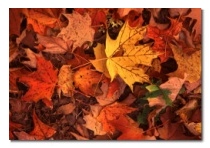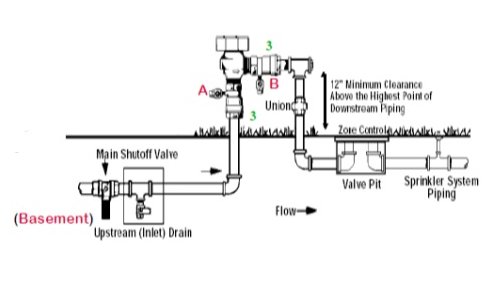







|
 |
Seasonal
 Fall Winterization - It is extremely important to
have your sprinkler system properly shut down in the fall. Freezing water inside pipes causes
severe damage to the system and requires costly repairs to rectify. We schedule from the first week
of October to the 15th of November every year and we will try to maintain the same day of the
week and time from year to year. We will mail out scheduled dates and times at the end
of September or first of October and follow-up with a phone call a day or two
prior to your winterization. Fall Winterization - It is extremely important to
have your sprinkler system properly shut down in the fall. Freezing water inside pipes causes
severe damage to the system and requires costly repairs to rectify. We schedule from the first week
of October to the 15th of November every year and we will try to maintain the same day of the
week and time from year to year. We will mail out scheduled dates and times at the end
of September or first of October and follow-up with a phone call a day or two
prior to your winterization.
Before we Arrive:
First - Close the main shutoff valve to the sprinkler system in the basement.
Second - Open drain valve located above the main shutoff valve and drain water into a pair.
Third - Close the drain valve (Note the some systems do not have a basement drain valve.)
After we Winterize:
Open the drain valve. Keep drain valve open until spring. Call us if drain continues to drip.
Freeze Warning - Follow "Before we Arrive" steps above and cover the vacuum breaker on
the outside of the house if the temperature is expected to go below 25 degrees
before we winterize.
 Spring Turn On - While we do provide
this service to many customers, most systems can be turned on relatively easily. We do not recommend starting
up your system until after you pay Uncle Sam your taxes (April 15) and a good target date to start your irrigation
is Mothers Day (mid May). If you choose to turn on your own system, we recommend the following procedures. Any concerns? Give us a call. Spring Turn On - While we do provide
this service to many customers, most systems can be turned on relatively easily. We do not recommend starting
up your system until after you pay Uncle Sam your taxes (April 15) and a good target date to start your irrigation
is Mothers Day (mid May). If you choose to turn on your own system, we recommend the following procedures. Any concerns? Give us a call.
- Locate vacuum breaker on the outside of the house
- Close test cock A and B with a straight screwdriver
- Return Green Handles to fully open position
- Turn controller on and activate ZONE 1
- Go to basement and close interior drain
- SLOWLY open the shut-off valve
- Listen for vacuum breaker to seal (There will be a light to moderate hammering)
- Verify that your pressure vacuum breaker is not leaking.
- Run through all zones. Check for proper operating pressure (low pressure indicates a line break or missing sprinkler), proper rotation and adjustment of sprinkler heads, and adequate coverage.
- Program your controller for spring watering schedule.

|
 |

|
|











